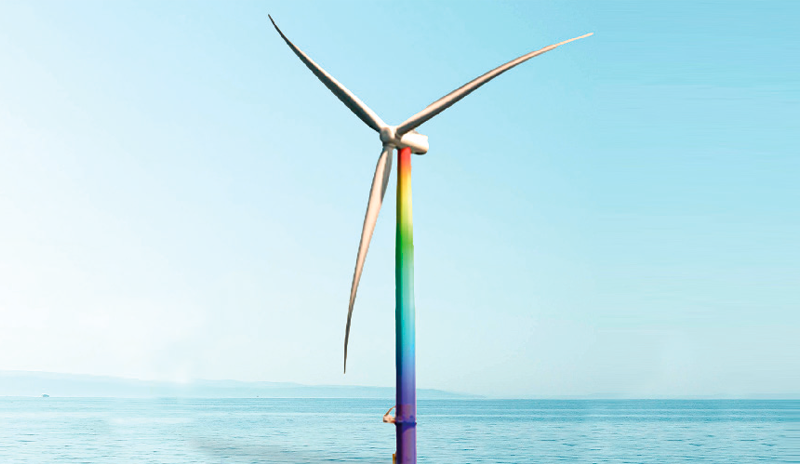Expendable, miniature, low-cost turbojet engines are often equipped with axial turbines. These turbines usually have a low-pressure ratio, a simple design of the blades and vanes, and a relatively low performance.
In this article, we show that the main turbine characteristics, such as efficiency and exit flow angle, can be sufficiently improved using parametric optimization.
Using a fast code for mean-line turbine design in modeFRONTIER’s optimization environment allowed us to check about two million configurations and to determine the most important design parameters.
Read the articleCASE STUDY
This technical article, a collaboration between EnginSoft and ZECO, compares two different methodologies for the study and optimization of impulse turbines, specifically Pelton turbines, in order to evaluate which is the quicker and more reliable method.
cfd particleworks energy

CASE STUDY
This technical article describes a project led by BLOM Maritime under the auspices of the HS-03 SNAME (the Society of Naval Architects and Maritime Engineers) panel in which ESTECO’s modeFRONTIER process automation and design optimization software was used to optimize the design of a monopile for a 15MW turbine to survive hurricane conditions.
modefrontier energy